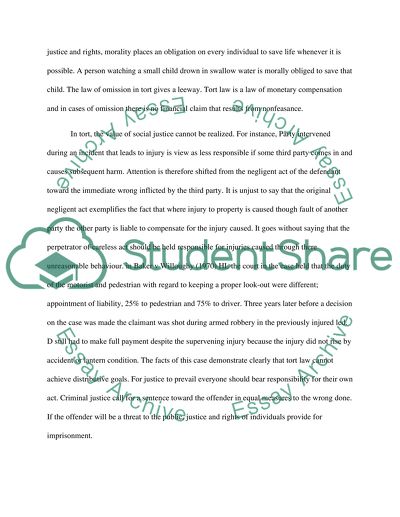Cite this document
(“Tort law should not and could not be used to achieve distributive Essay”, n.d.)
Tort law should not and could not be used to achieve distributive Essay. Retrieved from https://studentshare.org/law/1449648-tort-law-should-not-and-could-not-be-used-to-achieve-distributive-goals
Tort law should not and could not be used to achieve distributive Essay. Retrieved from https://studentshare.org/law/1449648-tort-law-should-not-and-could-not-be-used-to-achieve-distributive-goals
(Tort Law Should Not and Could Not Be Used to Achieve Distributive Essay)
Tort Law Should Not and Could Not Be Used to Achieve Distributive Essay. https://studentshare.org/law/1449648-tort-law-should-not-and-could-not-be-used-to-achieve-distributive-goals.
Tort Law Should Not and Could Not Be Used to Achieve Distributive Essay. https://studentshare.org/law/1449648-tort-law-should-not-and-could-not-be-used-to-achieve-distributive-goals.
“Tort Law Should Not and Could Not Be Used to Achieve Distributive Essay”, n.d. https://studentshare.org/law/1449648-tort-law-should-not-and-could-not-be-used-to-achieve-distributive-goals.


